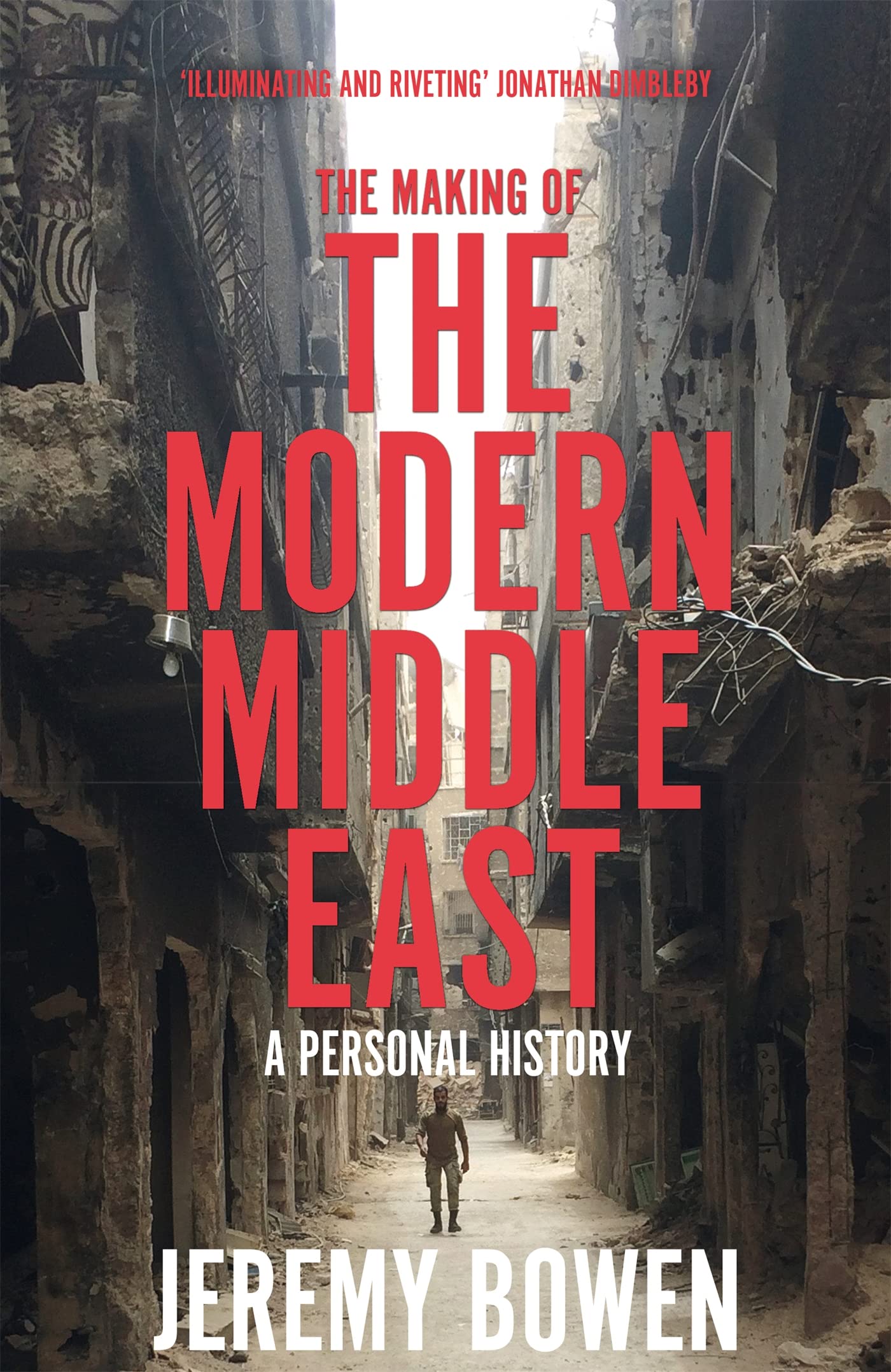
India in the Persianate Age, 1000–1765
By: Richard M. Eaton
Format: 512 pages, Hardcover
Protected by vast mountains and seas, the Indian subcontinent might seem a nearly complete and self…
Want to Read $ 8.99"[D]uring the years 1219-21 Genghis Khan, the founder of the Mongol empire in eastern Asia, burst into western Asia. Offended by the insolent behaviour of the same ruler of Khwarazm who a few years earlier had annihilated the Ghurids, the Mongol leaders personally marched across Asia to punish the impudent monarch. In the course of this expedition, Mongol cavalry inflicted fire and fury throughout Central Asia and Khurasan, driving many thousands of terrified town-dwellers and semi-nomadic peoples into India, where they sought and found refuge. It was a propitious moment both for them and for Iltumish, who needed men skilled in civil and military affairs in order to govern his fledgling kingdom. The influx of a host of refugees in search of a stable state with a successful and generous Muslim ruler boosted the Sultan's claims to being precisely that sort of sovereign. For Iltumish and the youthful Delhi sultanate, then, the Mongol holocaust in Central Asia proved a timely book, unlike the catastrophy it represented for millions in Asia and the Middle East."-Richard M. Eaton, India in the Persianate Age, 1000–1765
"[D]uring the years 1219-21 Genghis Khan, the founder of the Mongol empire in eastern Asia, burst into western Asia. Offended by the insolent behaviour of the same ruler of Khwarazm who a few years earlier had annihilated the Ghurids, the Mongol leaders personally marched across Asia to punish the impudent monarch. In the course of this expedition, Mongol cavalry inflicted fire and fury throughout Central Asia and Khurasan, driving many thousands of terrified town-dwellers and semi-nomadic peoples into India, where they sought and found refuge. It was a propitious moment both for them and for Iltumish, who needed men skilled in civil and military affairs in order to govern his fledgling kingdom. The influx of a host of refugees in search of a stable state with a successful and generous Muslim ruler boosted the Sultan's claims to being precisely that sort of sovereign. For Iltumish and the youthful Delhi sultanate, then, the Mongol holocaust in Central Asia proved a timely book, unlike the catastrophy it represented for millions in Asia and the Middle East."-Richard M. Eaton, India in the Persianate Age, 1000–1765
"In addition, Sultan Iltumish, for all his rhetoric of being India's sole legitimate Muslim ruler, continued to issue coins with the old bull-and-horseman motif and a Sanskritized form of his name and title: 'Suratana Sri Samsadina', the latter referring to his given name, Shams al-Din. He also enlarged Delhi's Qutb mosque by three times in order to accomodate the many immigrants from beyond the Khyber who had flocked to Delhi during his reign. And he added three storeys to the city's famous minaret, the Qutb Minar. Notably, he placed a seven-metre iron pillar in the centre of the mosque's oldest courtyard, on a direct axis with its main prayer chamber. Originally installed in a Vishnu temple to announce the military victories of a fourth-or-fifth century Indian king, the pillar was now associated with Iltumish and his own victories. In transplanting the pillar in this way, the Sultan broke with Islamic architectural conventions while conforming to Indian political traditions. For in 1164, within living memory of Iltumish's installations of the Vishnu pillar in Delhi's great mosque, Vigraharaja IV Chauhan (r. 1150-64) recorded his own conquests on the same stone pillar on which the emperor Ashoka had published an edict back in the third century BC."-Richard M. Eaton, India in the Persianate Age, 1000–1765
"In addition, Sultan Iltumish, for all his rhetoric of being India's sole legitimate Muslim ruler, continued to issue coins with the old bull-and-horseman motif and a Sanskritized form of his name and title: 'Suratana Sri Samsadina', the latter referring to his given name, Shams al-Din. He also enlarged Delhi's Qutb mosque by three times in order to accomodate the many immigrants from beyond the Khyber who had flocked to Delhi during his reign. And he added three storeys to the city's famous minaret, the Qutb Minar. Notably, he placed a seven-metre iron pillar in the centre of the mosque's oldest courtyard, on a direct axis with its main prayer chamber. Originally installed in a Vishnu temple to announce the military victories of a fourth-or-fifth century Indian king, the pillar was now associated with Iltumish and his own victories. In transplanting the pillar in this way, the Sultan broke with Islamic architectural conventions while conforming to Indian political traditions. For in 1164, within living memory of Iltumish's installations of the Vishnu pillar in Delhi's great mosque, Vigraharaja IV Chauhan (r. 1150-64) recorded his own conquests on the same stone pillar on which the emperor Ashoka had published an edict back in the third century BC."-Richard M. Eaton, India in the Persianate Age, 1000–1765
If you liked the nonfiction plot in India in the Persianate Age, 1000–1765 by Richard M. Eaton , here is a list of 15 books like this:

1. The Opium War: Drugs, Dreams, and the Making of Modern China
By: Julia Lovell
Format: 458 pages, Paperback
This title tells a story of drugs, distrust, greed and rebellion. 'On the outside, [the foreigners]… read more
Want to Read $ 9.99Similar categories in Julia Lovell's The Opium War: Drugs, Dreams, and the Making of Modern China book and Richard M. Eaton's India in the Persianate Age, 1000–1765
- asia
- nonfiction
- history
"War guilt can lead to ever more militant acts of self-justification. Once blood has been shed in dubious circumstances, those involved often try to brazen it out: first, through blaming the injured p…"-Julia Lovell, The Opium War: Drugs, Dreams, and the Making of Modern China

2. Return of a King: The Battle for Afghanistan
By: William Dalrymple
Format: 608 pages, Hardcover
In the spring of 1839 British forces invaded Afghanistan for the first time, re-establishing Shah S… read more
Want to Read $ 8.99Similar categories in William Dalrymple's Return of a King: The Battle for Afghanistan book and Richard M. Eaton's India in the Persianate Age, 1000–1765
- india
- asia
- nonfiction
- history
"No one was planning to travel light. One brigadier claimed that he needed fifty camels to carry his kit, while General Cotton took 260 for his. Three hundred camels were earmarked to carry the milita…"-William Dalrymple, Return of a King: The Battle for Afghanistan
"The first Embassy to Afghanistan by a western power left the Company's Delhi Residency on 13 October 1808, with the Ambassador accompanied by 200 calvary, 4,000 infantry, a dozen elephants and no few…"-William Dalrymple, Return of a King: The Battle for Afghanistan

3. Ibn Fadlān and the Land of Darkness: Arab Travellers in the Far North
By: أحمد بن فضلان , Ahmad ibn Fadlān , Paul Lunde , Caroline Stone
Format: 213 pages, Paperback
In 922 AD, an Arab envoy from Baghdad named Ibn Fadlan encountered a party of Viking traders on the… read more
Want to ReadSimilar categories in أحمد بن فضلان's Ibn Fadlān and the Land of Darkness: Arab Travellers in the Far North book and Richard M. Eaton's India in the Persianate Age, 1000–1765
- islam
- nonfiction
- medieval
- history
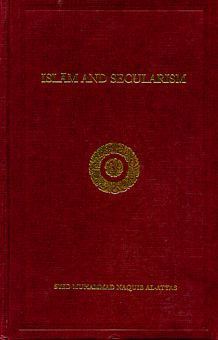
4. Islam and Secularism
By: Syed Muhammad Naquib al-Attas
Format: None pages, Paperback
Written more than twenty years ago, this book is one of the most creative and original works of a M… read more
Want to ReadSimilar categories in Syed Muhammad Naquib al-Attas's Islam and Secularism book and Richard M. Eaton's India in the Persianate Age, 1000–1765
- islam
- nonfiction
- history

5. The Story of Philosophy: The Lives and Opinions of the World's Greatest Philosophers
By: Will Durant
Format: 87 pages, Paperback
A brilliant and concise account of the lives and ideas of the great philosophers--Plato, Aristotle,… read more
Want to ReadSimilar categories in Will Durant's The Story of Philosophy: The Lives and Opinions of the World's Greatest Philosophers book and Richard M. Eaton's India in the Persianate Age, 1000–1765
- nonfiction
- history

6. Aurangzeb: The Man and the Myth
By: Audrey Truschke
Format: 185 pages, Hardcover
Aurangzeb Alamgir (r. 1658-1707), the sixth Mughal emperor, is widely reviled in India today. Hindu… read more
Want to ReadSimilar categories in Audrey Truschke's Aurangzeb: The Man and the Myth book and Richard M. Eaton's India in the Persianate Age, 1000–1765
- islam
- nonfiction
- india
- history
7. Indian Summer: The Secret History of the End of an Empire
By: Alex von Tunzelmann
Format: 140 pages, Hardcover
A re-creation of one of the key moments of twentieth-century history: the partition and independenc… read more
Want to ReadSimilar categories in Alex von Tunzelmann's Indian Summer: The Secret History of the End of an Empire book and Richard M. Eaton's India in the Persianate Age, 1000–1765
Similar categories in None's Tiger: The Life of Tipu Sultan book and Richard M. Eaton's India in the Persianate Age, 1000–1765
9. A History of India, vol. 1: From Origins to 1300 (A History of India #1)
By: Romila Thapar
Format: 272 pages, Paperback
A full account of Indian history from the establishment of Aryan culture to the coming of the Mugha… read more
Want to ReadSimilar categories in Romila Thapar's A History of India, vol. 1: From Origins to 1300 (A History of India #1) book and Richard M. Eaton's India in the Persianate Age, 1000–1765
10. The Silk Roads: A New History of the World
By: Peter Frankopan
Format: None pages,
From the rise and fall of empires in China, Persia, and Rome itself to the spread of Buddhism and a… read more
Want to ReadSimilar categories in Peter Frankopan's The Silk Roads: A New History of the World book and Richard M. Eaton's India in the Persianate Age, 1000–1765

11. The Anarchy: The East India Company, Corporate Violence, and the Pillage of an Empire
By: William Dalrymple
Format: 544 pages, Hardcover
The story of how the East India Company took over large swaths of Asia, and the devastating results… read more
Want to Read $ 9.99Similar categories in William Dalrymple's The Anarchy: The East India Company, Corporate Violence, and the Pillage of an Empire book and Richard M. Eaton's India in the Persianate Age, 1000–1765
- india
- asia
- nonfiction
- history

12. Tomb of Sand
By: Geetanjali Shree
Format: 739 pages, Paperback
An eighty-year-old woman slips into a deep depression at the death of her husband, then resurfaces … read more
Want to Read $ 13.99Similar categories in Geetanjali Shree's Tomb of Sand book and Richard M. Eaton's India in the Persianate Age, 1000–1765
- asia
- india
- indian literature
"Anything worth doing transcends borders."-Geetanjali Shree, Tomb of Sand
"लगा मैं गयी तो लगा कि जा रही हूँ तो रोते हुए क्यों जाऊँ, हँसते हुए जाऊँगी ।"-Geetanjali Shree, Tomb of Sand
"Daughter. You love her. You fear her. Now you see her. Now you don't. All women, don't forget, are daughters."-Geetanjali Shree, Tomb of Sand
"That which is torn develops an increased capacity for insight and forbearance. A capacity to experience sensations that escape the notice of others."-Geetanjali Shree, Tomb of Sand

13. Black Wave: Saudi Arabia, Iran, and the Forty-Year Rivalry That Unraveled Culture, Religion, and Collective Memory in the Middle East
By: Kim Ghattas
Format: 400 pages, Hardcover
Black Wave is a paradigm-shifting recasting of the modern history of the Middle East, telling the l… read more
Want to Read $ 12.99Similar categories in Kim Ghattas's Black Wave: Saudi Arabia, Iran, and the Forty-Year Rivalry That Unraveled Culture, Religion, and Collective Memory in the Middle East book and Richard M. Eaton's India in the Persianate Age, 1000–1765
- history
- iran
- islam
- nonfiction
"Beyond the headlines about war and death, the region is alive with music, art, books, theater, social entrepreneurship, advocacy, libraries, cafes, bookshops, poetry, and so much more, as old and you…"-Kim Ghattas, Black Wave: Saudi Arabia, Iran, and the Forty-Year Rivalry That Unraveled Culture, Religion, and Collective Memory in the Middle East
"If Beirut was the supermarket of the left in the 1970s, where Marxists, communists, Egyptians, Iraqis, and all the Palestinian factions debated and theorized, published and drank in bars arguing over…"-Kim Ghattas, Black Wave: Saudi Arabia, Iran, and the Forty-Year Rivalry That Unraveled Culture, Religion, and Collective Memory in the Middle East
"Every king had tried to put his imprint on the city and the mosque; some were worse than others. King Faisal had been a parsimonious man and the expansion works reflected as much—measured and reasona…"-Kim Ghattas, Black Wave: Saudi Arabia, Iran, and the Forty-Year Rivalry That Unraveled Culture, Religion, and Collective Memory in the Middle East
"Although our countries have been changed by the hegemonizing influences of both Iran and Saudi Arabia, the headlines in the Western media have always reduced matters of extraordinary depth and comple…"-Kim Ghattas, Black Wave: Saudi Arabia, Iran, and the Forty-Year Rivalry That Unraveled Culture, Religion, and Collective Memory in the Middle East

14. How Democracies Die: What History Reveals About Our Future
By: Steven Levitsky
Format: 320 pages, Hardcover
Donald Trump's presidency has raised a question that many of us never thought we'd be asking: Is ou… read more
Want to Read $ 14.99Similar categories in Steven Levitsky's How Democracies Die: What History Reveals About Our Future book and Richard M. Eaton's India in the Persianate Age, 1000–1765
- nonfiction
- history
"Authoritarian politicians cast their rivals as criminal, subversive, unpatriotic, or a threat to national security or the existing way of life."-Steven Levitsky, How Democracies Die: What History Reveals About Our Future
"The drift into authoritarianism doesn’t always set off alarm bells. Citizens are often slow to realize that their democracy is being dismantled even as it happens before their eyes."-Steven Levitsky, How Democracies Die: What History Reveals About Our Future
"Institutions become political weapons, wielded forcefully by those who control them against those who do not. This is how elected autocrats subvert democracy—packing and “weaponizing"-Steven Levitsky, How Democracies Die: What History Reveals About Our Future
"But when faced with a would-be authoritarian, establishment politicians must unambiguously reject him or her and do everything possible to defend democratic institutions—even if that means temporaril…"-Steven Levitsky, How Democracies Die: What History Reveals About Our Future

15. India in the Persianate Age, 1000–1765
By: Richard M. Eaton
Format: 512 pages, Hardcover
Protected by vast mountains and seas, the Indian subcontinent might seem a nearly complete and self… read more
Want to Read $ 8.99Similar categories in Richard M. Eaton's India in the Persianate Age, 1000–1765 book and Richard M. Eaton's India in the Persianate Age, 1000–1765
- history
- islam
- asia
- pakistan
- indian literature
- nonfiction
- india
- asian literature
- medieval
- iran
"[D]uring the years 1219-21 Genghis Khan, the founder of the Mongol empire in eastern Asia, burst into western Asia. Offended by the insolent behaviour of the same ruler of Khwarazm who a few years ea…"-Richard M. Eaton, India in the Persianate Age, 1000–1765
"In addition, Sultan Iltumish, for all his rhetoric of being India's sole legitimate Muslim ruler, continued to issue coins with the old bull-and-horseman motif and a Sanskritized form of his name and…"-Richard M. Eaton, India in the Persianate Age, 1000–1765
"[T]he demonization of Mahmud [of Ghazni] and the portrayal of his raid on Somnath as an assault on Indian religion by Muslim invaders dates only from the early 1840s. In 1842 the British East Indian …"-Richard M. Eaton, India in the Persianate Age, 1000–1765
"['A]lamgir [Aurangzeb] came to formulate a very different model of sovereignty for himself and for the empire he ruled. In this new dispensation, the kingdom would be governed not by a charismatic, s…"-Richard M. Eaton, India in the Persianate Age, 1000–1765
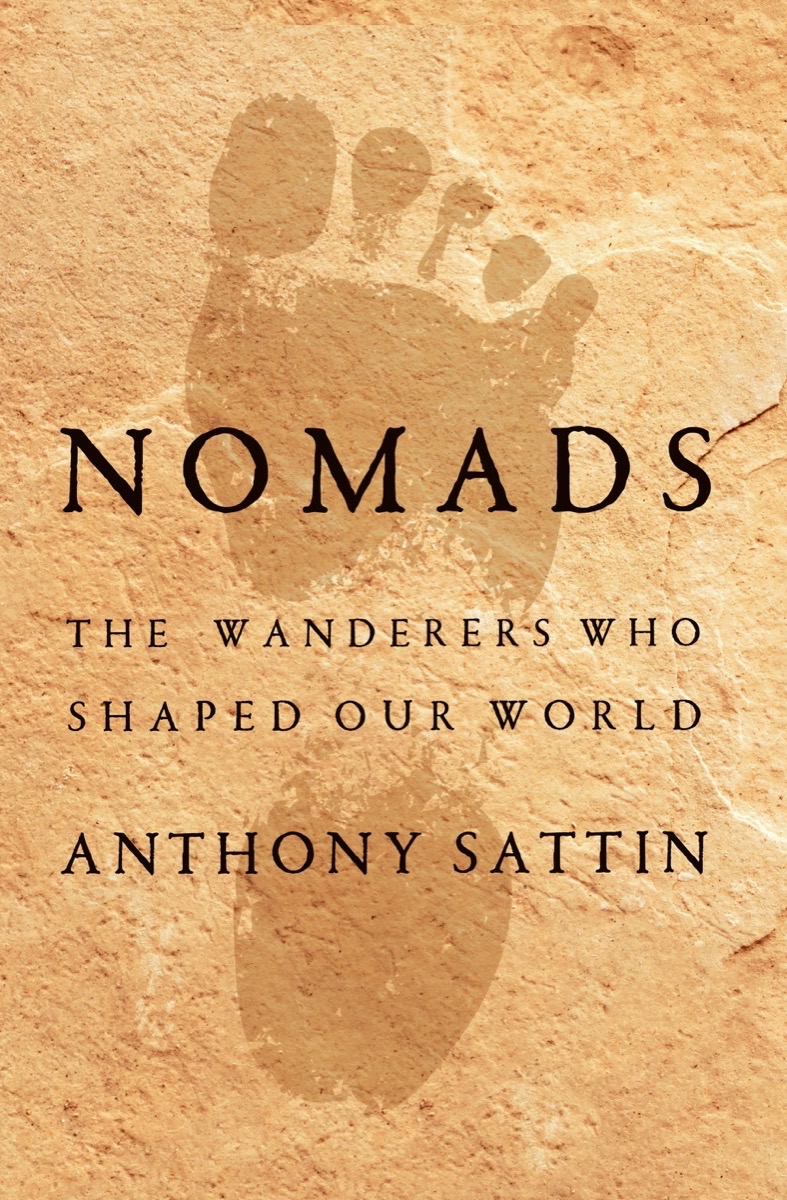
16. Nomads: The Wanderers Who Shaped Our World
By: Anthony Sattin
Format: 368 pages, Hardcover
The remarkable story of how nomads have fostered and refreshed civilization throughout our history.… read more
Want to Read $ 14.49Similar categories in Anthony Sattin's Nomads: The Wanderers Who Shaped Our World book and Richard M. Eaton's India in the Persianate Age, 1000–1765
- asia
- nonfiction
- history
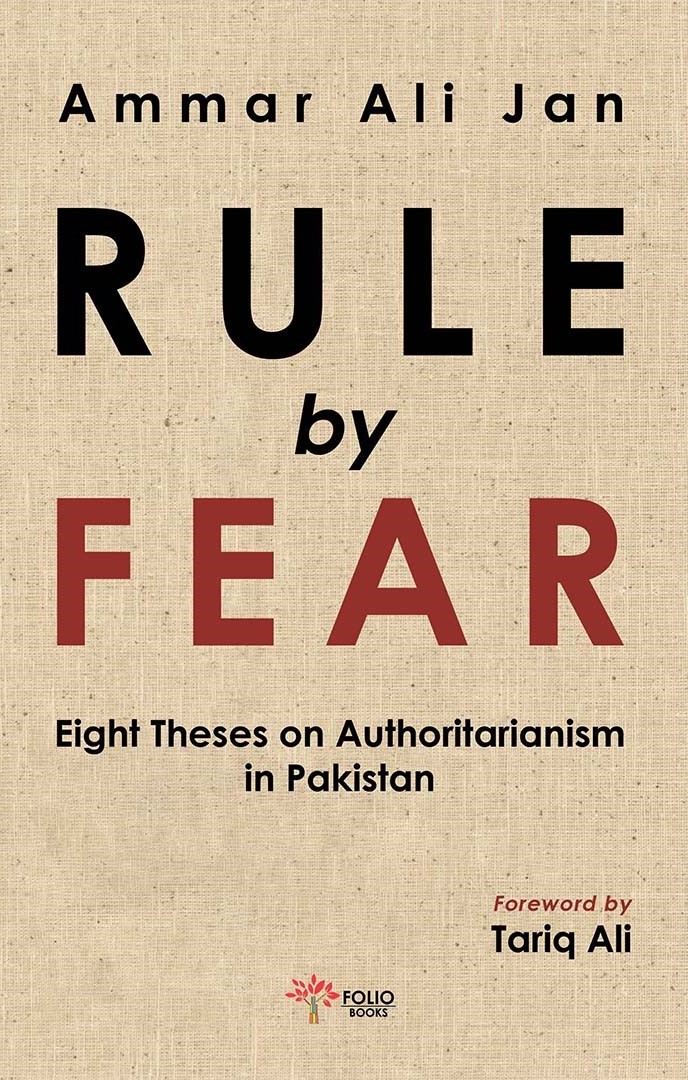
17. Rule by Fear: Eight Theses on Authoritarianism in Pakistan
By: Ammar Ali Jan
Format: 173 pages, Paperback
Why have democratic institutions and norms not taken root in Pakistan? In these polemical essays, A… read more
Want to Read $ 9.99Similar categories in Ammar Ali Jan's Rule by Fear: Eight Theses on Authoritarianism in Pakistan book and Richard M. Eaton's India in the Persianate Age, 1000–1765
- nonfiction
- history
- pakistan
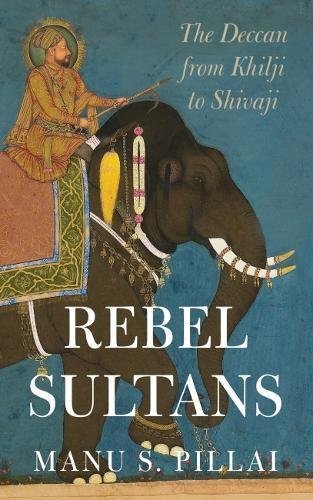
18. Rebel Sultans: The Deccan from Khilji to Shivaji
By: Manu S. Pillai
Format: 336 pages, Hardcover
Manu S. Pillai narrates the story of the Deccan from the close of the thirteenth century to the daw… read more
Want to Read $ 0.58Similar categories in Manu S. Pillai's Rebel Sultans: The Deccan from Khilji to Shivaji book and Richard M. Eaton's India in the Persianate Age, 1000–1765
- islam
- history
- indian literature
- nonfiction
- india
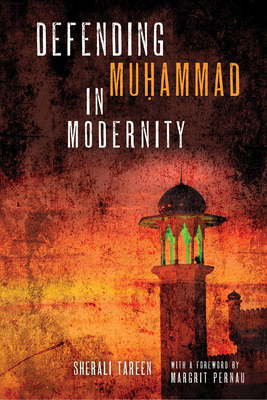
19. Defending Muḥammad in Modernity
By: Sherali Tareen
Format: 506 pages, Paperback
In this groundbreaking study, SherAli Tareen presents the most comprehensive and theoretically enga… read more
Want to Read $ 20.99Similar categories in Sherali Tareen's Defending Muḥammad in Modernity book and Richard M. Eaton's India in the Persianate Age, 1000–1765
- india
- history
- islam
- nonfiction

20. Afghanistan: A History from 1260 to the Present, Expanded and Updated Edition
By: Jonathan L. Lee
Format: 784 pages, Paperback
A colossal history of Afghanistan from its earliest organization into a coherent state up to its tu… read more
Want to Read $ 35.00Similar categories in Jonathan L. Lee's Afghanistan: A History from 1260 to the Present, Expanded and Updated Edition book and Richard M. Eaton's India in the Persianate Age, 1000–1765
- history
- nonfiction
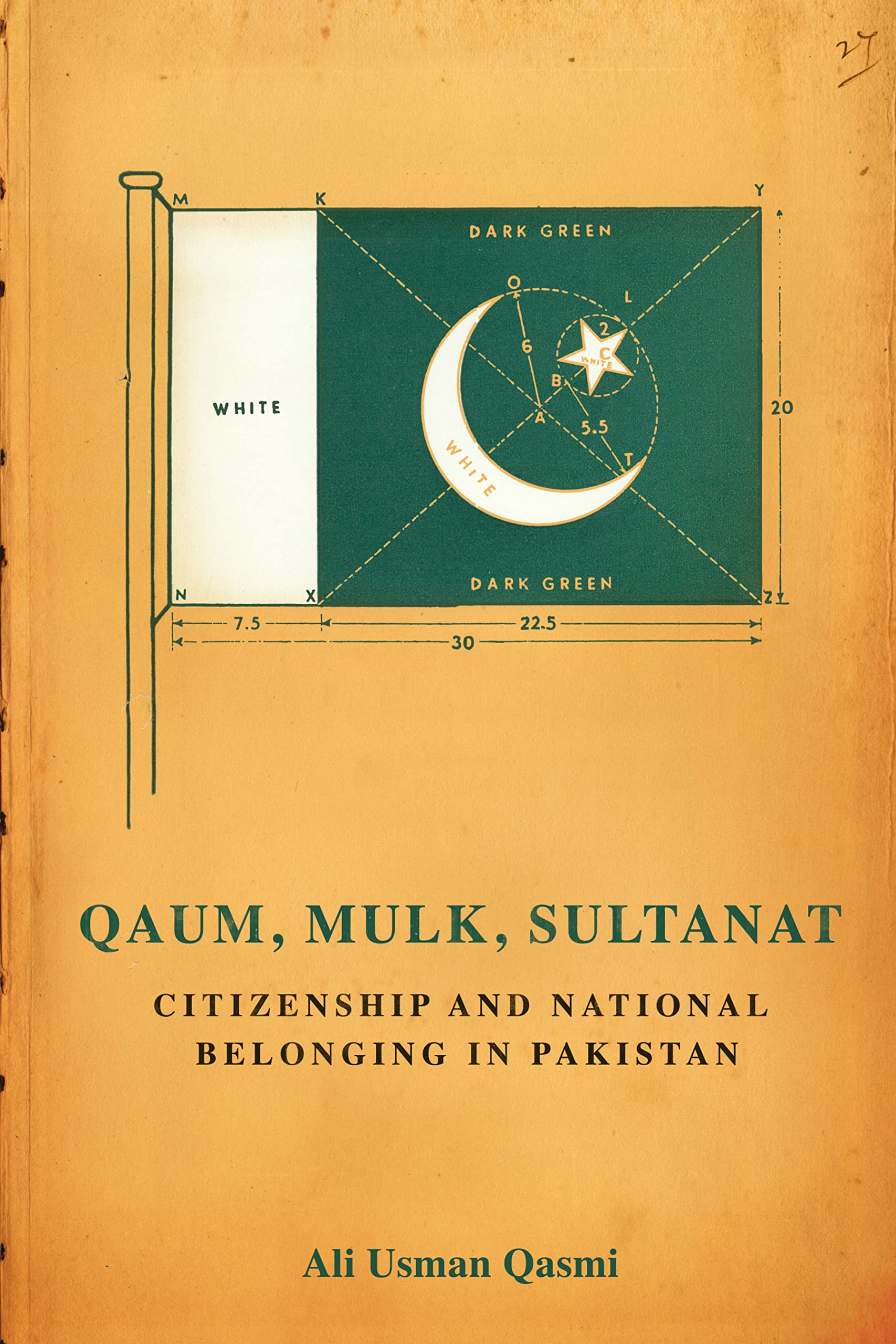
21. Qaum, Mulk, Sultanat: Citizenship and National Belonging in Pakistan (South Asia in Motion)
By: Ali Usman Qasmi
Format: 444 pages, Hardcover
After the trauma of mass violence and massive population movements around the partition of India an… read more
Want to Read $ 19.25Similar categories in Ali Usman Qasmi's Qaum, Mulk, Sultanat: Citizenship and National Belonging in Pakistan (South Asia in Motion) book and Richard M. Eaton's India in the Persianate Age, 1000–1765
- history
- pakistan


